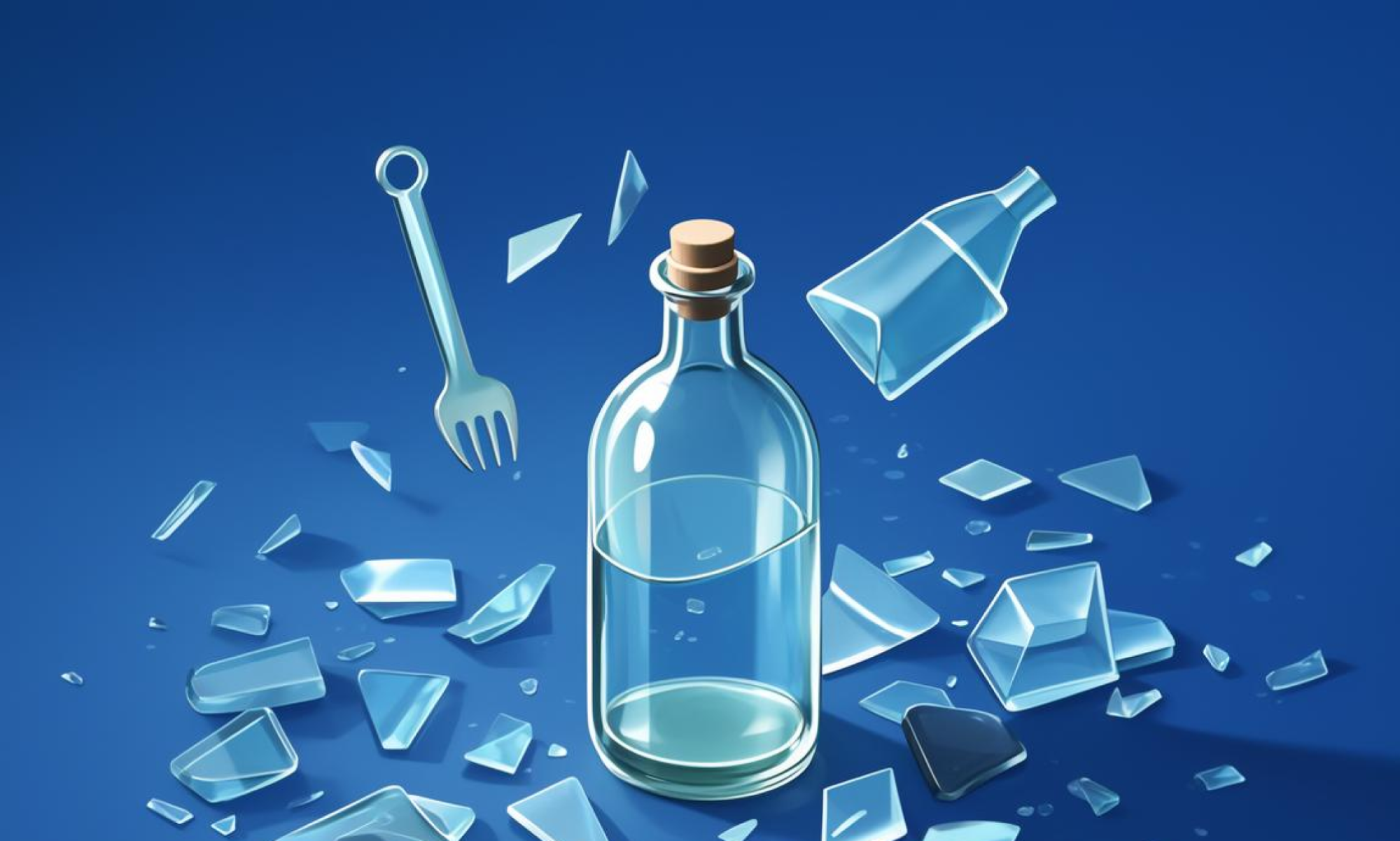The Emerging Markets Deep Dive: Southeast Asia’s Glass Jar Specifications for B2B Buyers is a comprehensive guide designed to help business-to-business buyers understand the specifications and requirements for glass jars in Southeast Asia’s dynamic market. This guide will delve into the key aspects of glass jar manufacturing, regulations, and market trends in the region, providing valuable insights for manufacturers and suppliers looking to enter or expand their presence in Southeast Asia.
Understanding the Value of Glass Jars
Glass jars are a versatile and durable packaging solution, making them highly sought after in various industries such as food and beverage, pharmaceuticals, cosmetics, and personal care products. Their ability to be reused and recycled makes them an eco-friendly option, aligning with the growing demand for sustainable packaging solutions. Southeast Asia’s glass jar market is driven by a combination of traditional manufacturing practices and emerging trends that prioritize both functionality and environmental responsibility.
Key Specifications for Glass Jars in Southeast Asia
When manufacturing glass jars for the Southeast Asian market, it’s essential to understand the region’s specific requirements. Below are some of the key specifications that B2B buyers should consider:
- Material Quality: Glass jars must meet strict quality standards, particularly for food and pharmaceutical applications. High-quality raw materials are crucial to ensure durability and safety.
- Size and Shape: Southeast Asia’s glass jar market favors standard sizes, but customization options are available for specific industry needs. Common shapes include round and oblong jars.
- Finish and Coating: Glass jars may be coated internally or externally to prevent contamination or enhance shelf life, depending on the intended application.
- Thickness and Weight: The thickness of the glass and the overall weight are critical factors, especially for heavy-duty applications. Excessive weight may increase transportation costs, while thin walls can impact durability.
- Manufacturing Standards: Compliance with local and international standards, such as ISO or FDA, is mandatory for many industries in Southeast Asia.
Regulations and Compliance in Southeast Asia
Manufacturers and suppliers operating in Southeast Asia must navigate a complex web of regulations and certifications. Different countries within the region may have varying requirements, so it’s essential to stay informed about local regulations. For example, food-safe glass jars may require specific certifications in countries like Thailand or Indonesia, while pharmaceutical-grade jars must meet stringent standards in Singapore or Malaysia.
Trends Driving the Glass Jar Market
The glass jar market in Southeast Asia is influenced by several key trends, including:
- Sustainability and Recycling: Consumers and businesses are increasingly demanding eco-friendly packaging solutions. Glass jars are recyclable and can be reused, making them a preferred choice for environmentally conscious buyers.
- Customization and Branding: Many businesses in Southeast Asia value the ability to customize glass jars for branding purposes. Decorative finishes, company logos, and unique designs are highly sought after.
- Functional Innovations: Advances in glass manufacturing technology have led to the development of lightweight and Impact-resistant glass jars, which are ideal for handling and transportation.
- Regional Market Differences: Each country in Southeast Asia has unique preferences and requirements, so manufacturers must tailor their products to meet the specific needs of each market. For instance, Indonesia may prioritize cost-effectiveness, while Singapore may focus on high-end, premium products.
Packaging and Shipping Requirements
When shipping glass jars to Southeast Asia, it’s important to consider packaging and shipping requirements. Proper cushioning and secure packaging are essential to prevent damage during transit. Additionally, some markets may have specific import regulations that must be adhered to avoid delays or additional costs.
Conclusion
In summary, understanding Southeast Asia’s glass jar specifications is crucial for B2B buyers and manufacturers looking to succeed in this dynamic and growing market. By paying attention to quality standards, regulations, and market trends, you can ensure that your products meet the needs of Southeast Asia’s consumers while maintaining a competitive edge in a rapidly evolving industry. With the right approach, glass jars can be a cornerstone of your business strategy in one of the world’s most promising markets.
